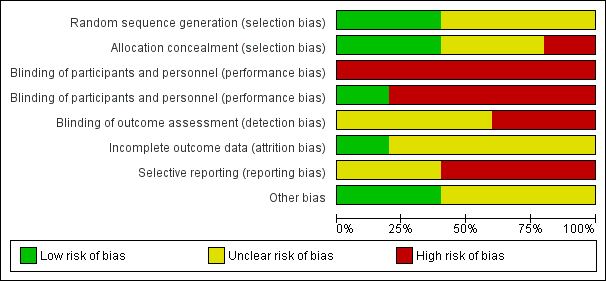Contenido relacionado
Revisiones y protocolos relacionados
Joanna Tieu, Suzette Coat, William Hague, Philippa Middleton, Emily Shepherd | 18 octubre 2017
Philippa Middleton, Caroline A Crowther, Lucy Simmonds | 4 mayo 2016
Shanshan Han, Caroline A Crowther, Philippa Middleton | 18 enero 2012
Diane Farrar, Derek J Tuffnell, Jane West, Helen M West | 7 junio 2016
Birgit Fullerton, Andrea Siebenhofer, Klaus Jeitler, Karl Horvath, Thomas Semlitsch, Andrea Berghold, Ferdinand M Gerlach | 17 diciembre 2018
Birgit Fullerton, Andrea Siebenhofer, Klaus Jeitler, Karl Horvath, Thomas Semlitsch, Andrea Berghold, Johannes Plank, Thomas R Pieber, Ferdinand M Gerlach | 30 junio 2016
Sanne G Swinnena, Airin CR Simona, Frits Holleman, Joost B Hoekstra, J Hans DeVries | 6 julio 2011
Clement Loa, Tadashi Toyamaa, Megumi Oshima, Min Jun, Ken L Chin, Carmel M Hawley, Sophia Zoungas | 30 julio 2020
Julie Brown, Luke Grzeskowiak, Kathryn Williamson, Michelle R Downie, Caroline A Crowther | 5 noviembre 2017
Michel Boulvain, Catalin M Stan, Olivier Irion | 23 abril 2001






















































